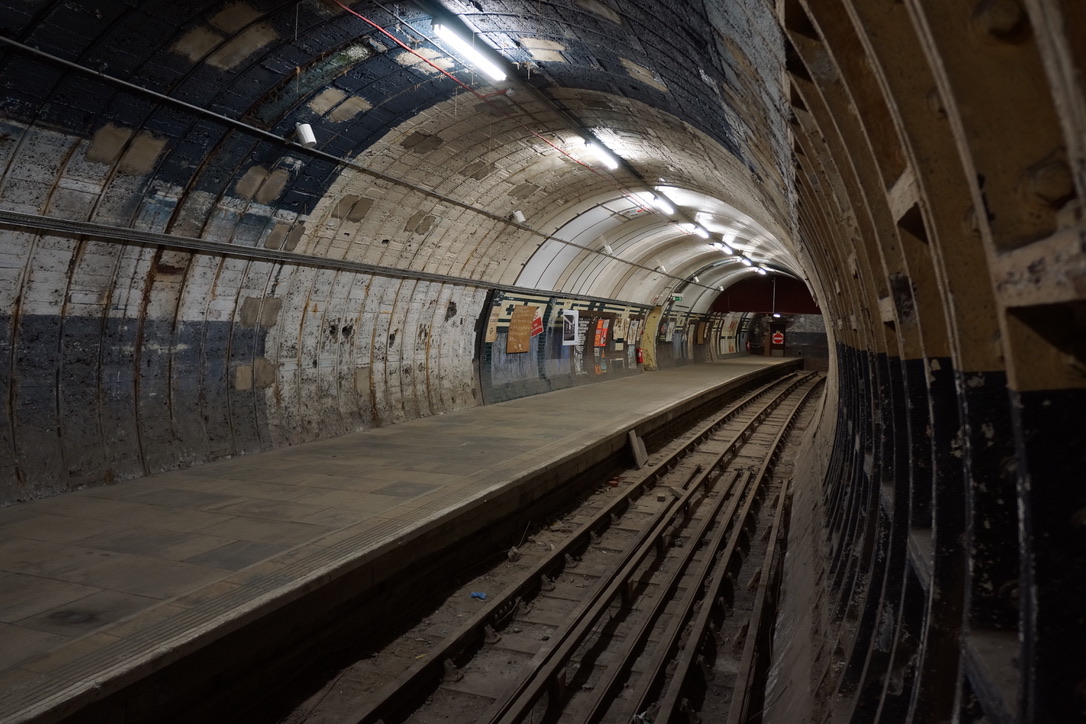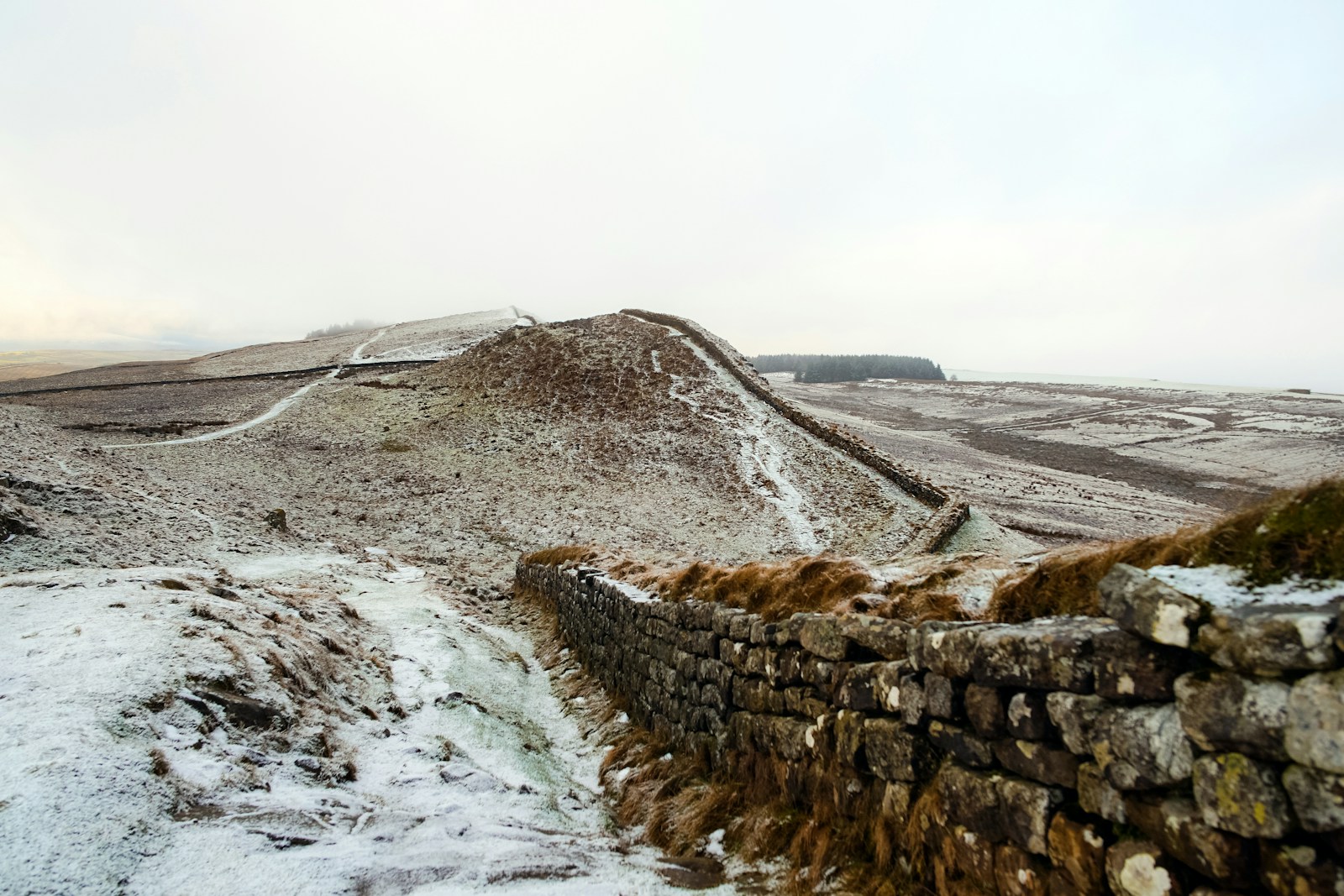The Mystery of Britain’s Ancient Forest Carvings
Britain is a land steeped in history and folklore, with landscapes that whisper secrets of the past. Among its many treasures, the ancient forest carvings stand out as enigmatic symbols etched into the very fabric of our woodlands. From the rugged peaks of Scotland to the rolling hills of the English countryside, these carvings invite curiosity and speculation. What stories do they tell? Who made them? Let’s take a stroll through this captivating topic and uncover the mystery of Britain’s ancient forest carvings.
A Walk Through History
When we think of ancient art, we might envision cave paintings or monumental stone carvings. However, the tradition of carving into wood and stone has a rich heritage in the British Isles. Many of these carvings date back to the early inhabitants of Britain, long before the Romans arrived. These ancient people had a profound relationship with nature, and it’s believed that they often expressed their spirituality and communal stories through carvings.
The Carvings: More Than Just Marks
The forest carvings in Britain are not just random marks on tree trunks or stones; they are often intricate designs that hint at deeper meanings. Some carvings depict animals, while others illustrate geometric patterns or spirals. Each carving is thought to serve a purpose – from religious rituals to territorial markers.
For example, the famous Woods of Whistlecraft in Northumberland is home to a collection of carvings that include symbols resembling animals, believed to represent local wildlife. Meanwhile, the Silbury Hill in Wiltshire features carvings thought to signify the connection between human beings and the land itself.
Theories Abound
With such a rich tapestry of history, it’s no wonder that the origins of these carvings have sparked numerous theories. One popular theory suggests that they were created by early Celtic tribes, who used them as a way to communicate their beliefs and traditions. The Celts had a deep respect for nature and believed that trees were sacred. Thus, they might have carved symbols into trees to honor the spirits of the forest.
Another theory posits that these carvings were used as navigational aids. In a time before maps and compasses, early inhabitants may have relied on these symbols to guide them through dense woodlands. It’s not uncommon to find carvings aligned with natural features, suggesting a possible relationship between the carvings and the geographical landscape.
Notable Locations for Ancient Carvings
If you’re intrigued and want to see some of these extraordinary carvings for yourself, several locations across Britain are worth a visit. Let’s examine some notable sites where you can immerse yourself in this ancient artistry.
1. The Forest of Dean
Located in Gloucestershire, the Forest of Dean is not only an area of outstanding natural beauty but also home to several ancient carvings. One of the most famous is the Wish Tree, where locals and visitors alike carve their wishes into the bark. The forest is also dotted with relics from the Iron Age that suggest a long-standing relationship between people and this magical woodland.
2. The Lake District
The Lake District is renowned for its stunning landscapes, but it also hides secrets in its forests. Within the Grizedale Forest, you can find several contemporary sculptures and installations that pay homage to the ancient tradition of carving. Additionally, older carvings have been discovered in the area, inviting contemplation about the lives of past inhabitants.
3. Kendal’s Abbot Hall
This lesser-known gem offers a unique glimpse into the region’s history, including its ancient carvings. The museum houses several artifacts from the area, along with information about the carvings that have been found nearby. It’s a perfect spot for history enthusiasts to delve deeper into the relationship between past and present.
4. The New Forest
In the New Forest, a national park in southern England, you can find ancient woodlands that are home to carvings dating back hundreds, if not thousands, of years. The park’s rich biodiversity and history make it an ideal location for exploring these mysterious symbols. With its free-roaming ponies and ancient trees, it’s a picturesque place to ponder the stories behind the carvings.
Modern Interpretations
As we move into the present day, the fascination with ancient carvings continues to grow. Modern artists and historians are inspired by these age-old symbols, creating new works that resonate with their ancient counterparts. Some even incorporate traditional techniques into their artwork, melding the old with the new.
Additionally, contemporary technology has opened up new avenues for understanding these carvings. Techniques like 3D scanning and digital mapping allow researchers to analyze carvings in unprecedented ways. Through these methods, we can uncover details that may have gone unnoticed for centuries, offering fresh insights into the past.
Nature and Preservation
As we admire these ancient carvings, it’s essential to consider their preservation. Many of these sites face threats from natural erosion and human activities. Conservation efforts are vital to protect these historical treasures for future generations. Organizations and local communities are increasingly banding together to raise awareness about the importance of safeguarding these carvings and their surroundings.
Conclusion: The Magic Remains
The mystery of Britain’s ancient forest carvings is a testament to the enduring relationship between humanity and nature. These remnants of the past offer us a glimpse into the spiritual, cultural, and practical lives of our ancestors. Whether you stumble upon a carving on a forest walk or read about them in books, the allure of these symbols continues to captivate our imaginations.
As we explore these ancient stories, we are reminded that our connection to nature is timeless. So, next time you find yourself wandering through a British woodland, take a moment to look closely at the trees and stones around you. Who knows what tales they might have to tell? The ancient carvings may just be waiting to share their secrets with you.


